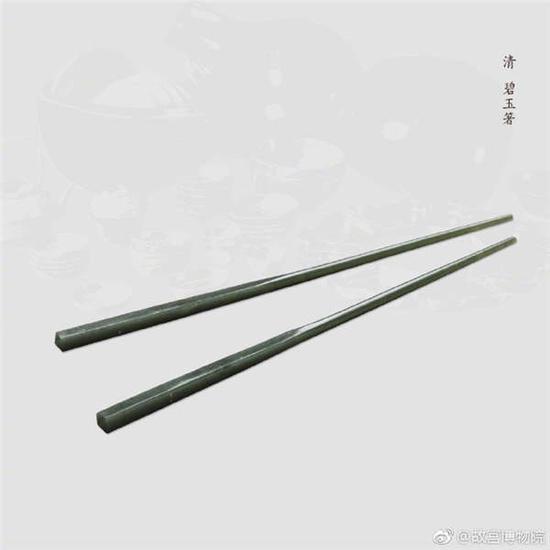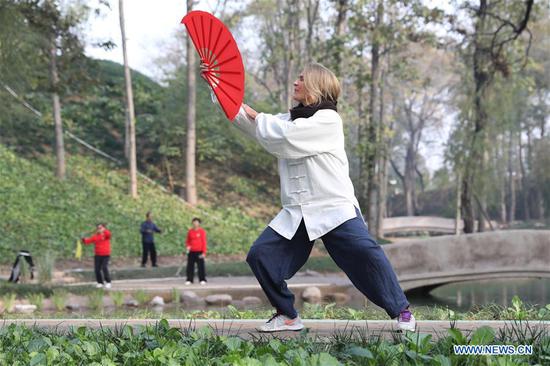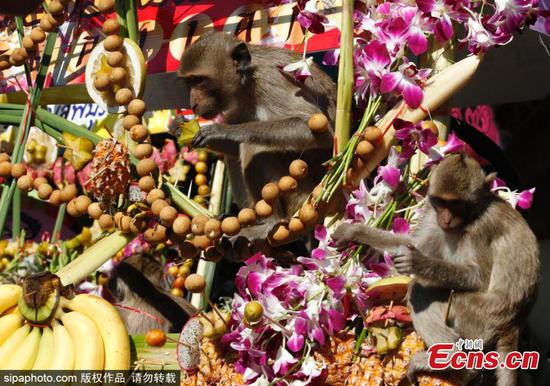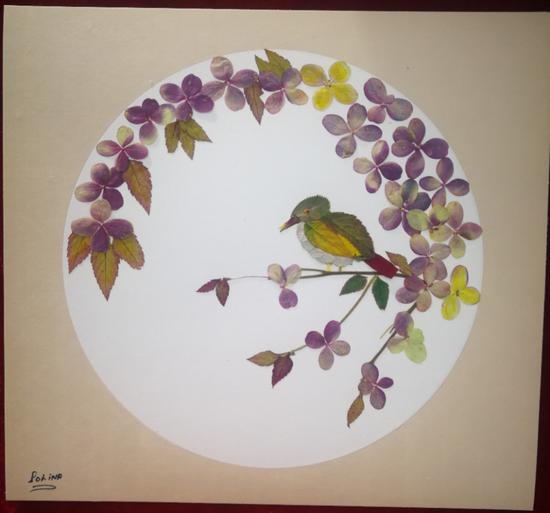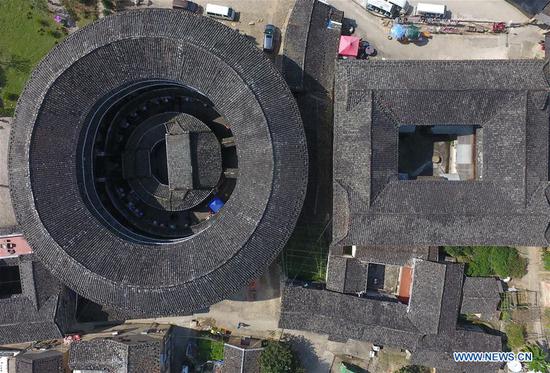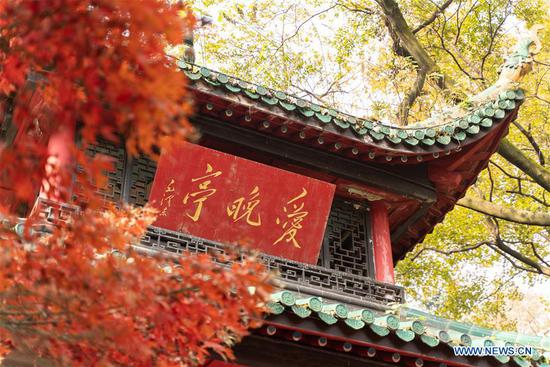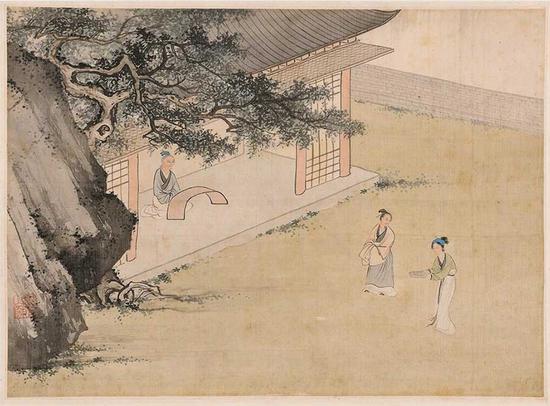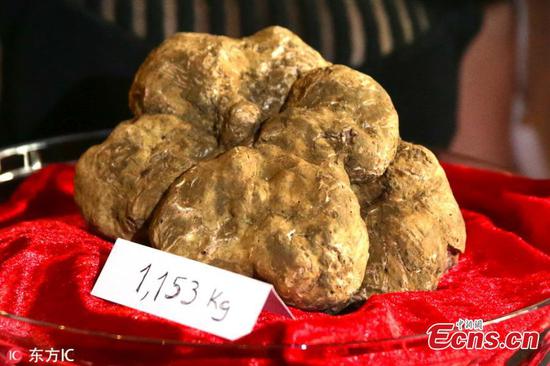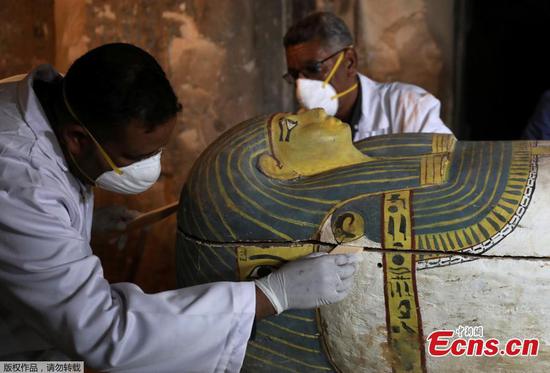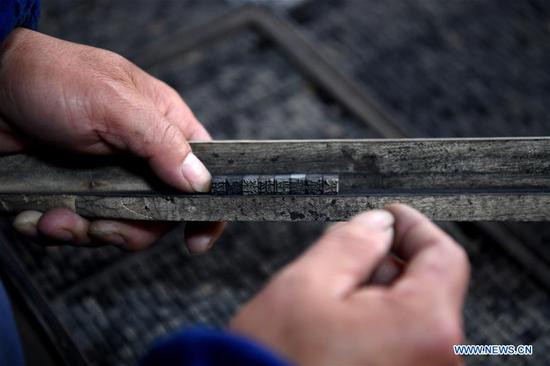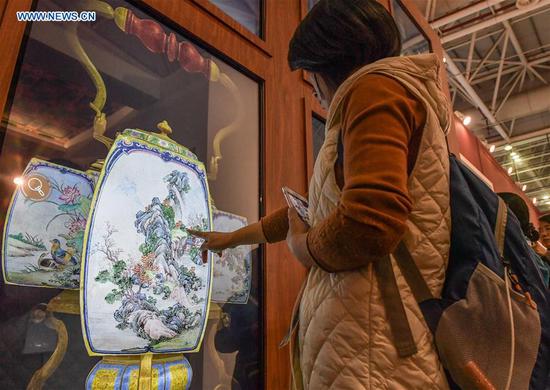"The Turpan Eremophytes Botanic Garden is just like a 'bank' where we deposit abundant desert plants. We can take out the 'savings' when needed." — Pan Borong
Pan Borong, a researcher with the Xinjiang Institute of Ecology and Geography under the Chinese Academy of Sciences, has been dedicated to the research and cultivation of plants in arid regions for 46 years.
Pan recently received the 2018 China Botanical Garden Lifetime Achievement Award for his outstanding contributions to the cause of desert botanical garden in China.
Pan is the founder of the Turpan Eremophytes Botanic Garden in Xinjiang, the country's first botanical garden for desert plants.
In 1972, Pan began researching and domesticating drought-resistant plants for desert control at a people's commune in Turpan, a city along the ancient Silk Road.
At that time, the commune was plagued by frequent gales blown from the sandy land to its west. Local residents hoped the researchers could help them shake off the fear of the sands.
Life in Turpan was harsh. Pan and other researchers lived in cave houses with windows made of plastic. In the winter, heavy winds would tear apart the windows, leaving dust and sand everywhere.
Food supplies were also scarce. Researchers' regular diet included steamed cakes of sorghum, green turnips and onions. They had to bicycle to the county seat to buy daily necessities such as meat, sugar and soap with ration coupons.

Researchers and local residents plant trees in a sandy land in Turpan in the 1970s. (Photo/Xinjiang Institute of Ecology and Geography)
Despite the difficulties, the researchers worked hard and successfully introduced a dozen drought-resistant plants, including suosuo, tamarix ramosissma and desert poplar, which are adaptable to local climate and soil conditions. After sapling nursery and planting trials, several species were chosen to be promoted in Turpan.
After years of effort, the "land of no life" began to be covered with vegetation. And today, these sand-fixation plants have grown into tall shrubs which form a "green barrier" to prevent sands from moving.
In 1976, the Turpan Eremophytes Botanic Garden was established to support further research in the introduction and breeding of sand-fixation plants.
To collect more desert plants, Pan and his colleagues often ventured into the wilderness, encountering all kinds of obstacles.
Once, Pan broke his cervical vertebra in an accident during an expedition to the desert. He convalesced in hospital for nine months, only recovering after two operations.
Pan said he could not remember how many times he encountered dangers on the journeys to collect plants.
The harsh weather conditions also posed a threat to research work. As sandstorms hit Turpan frequently in the spring, seedlings are often killed by heavy wind. Researchers had to collect new plants again and again.
This years-long endeavor has paid off. Now, the Turpan Eremophytes Botanic Garden is the largest of its kind in China. It is home to more than 700 desert plant species, among which nearly 100 are rare and critically endangered.?
More than 100 types of desert plants have also been brought in from countries, including Russia, Kazakhstan, and Mongolia.
"The Turpan Eremophytes Botanic Garden is just like a 'bank' where we deposit abundant desert plants. We can take out the 'savings' when needed," Pan said.
"Many normal-looking plants which have been raised in extreme climates can play a big role in restoring ecological environment," he added.
With expertise cultivating sand-control plants, the researchers have offered seedlings for greening projects in other areas of Xinjiang and also arid areas in other provinces of northwest China.
Besides, the Turpan Eremophytes Botanic Garden has also become a tourist attraction for leisure and entertainment.










